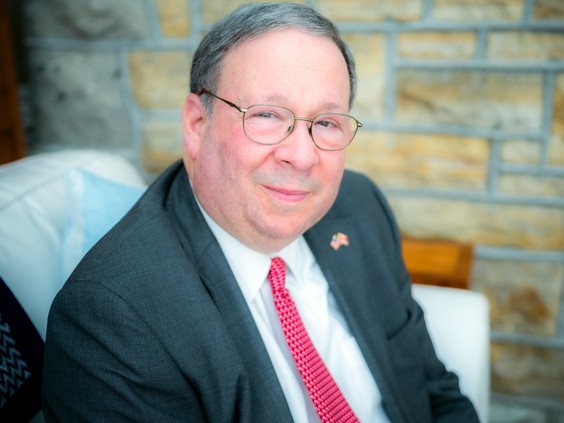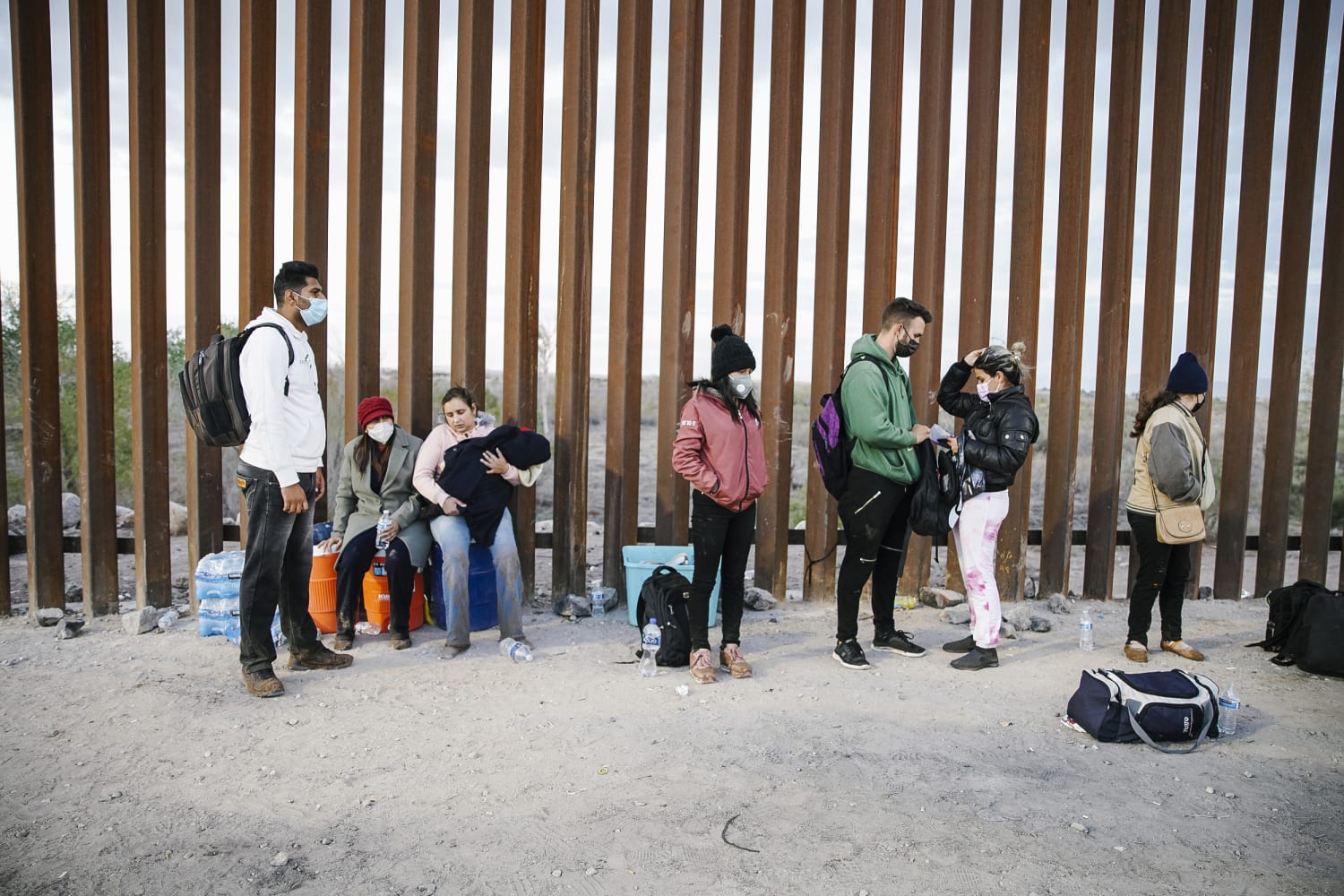
50 Years after Its Return, Okinawa Must Accept Defense in the Name of Progress
There was a massive loss of life, both military and civilian, during the Battle of Okinawa, and it certainly wasn’t easy to regain our land after such a long occupation. There was even a time when the U.S. considered classifying the islands as a United Nations trust territory in order to maintain control. All of this started with the Treaty of San Francisco in 1951, which ended the American occupation of Japan, except for Okinawa.
Yearning for the Fatherland
While Japan had residual sovereignty over the islands, it was written into the treaty that the U.S. could turn them into trust territories whenever Okinawa wished. What kept this provision from being put into practice was the fierce loyalty of the Okinawans to their mother country.
In the days before Japan entered the San Francisco treaty, a request by the people of Okinawa to return to Japan containing around 230,000 signatures was sent to the prime minister’s residence. During his acceptance address in San Francisco, Prime Minister Shigeru Yoshida said in front of the world that they hoped for Okinawa's swift return to Japan’s sovereignty. Protests calling for the return of Okinawa grew stronger and spread across the prefecture, with school teachers playing a large part. The bipartisan Council for the Reversion of Okinawa Prefecture to the Fatherland was founded in 1960, holding events all over the islands. The Japanese government did all it could as well.
On his first visit to Okinawa in 1965, Prime Minister Eisaku Sato said, “Japan’s post-war period won’t end until we regain Okinawa,” as he prepared for talks with the U.S. A deal was put in place with President Richard Nixon in 1969, with the islands’ restoration finally happening three years later.
It cannot be overstated how much of a difference the reversion movement has made since 1965. Reformists have been calling for an “unconditional and immediate” restoration of military land to Japan since 1968, coming into conflict with conservatives who have taken a more pragmatic line. It is well-known that this struggle has only deepened since the return of Okinawa.
As reported across five national promotion plans, social capital has been well-maintained in Okinawa, as the prefecture’s cumulative gross domestic product has risen from about 460 billion yen around the time of restoration to approximately 5.52 trillion yen in 2019. Much of this is thanks to the island's prosperous tourist industry, which saw over 10 million people visit the island in 2019, just before the outbreak of COVID-19.
In a public opinion poll conducted by Kyodo News this past March and April, 94% of people view the return of Okinawa to Japan in a positive light, illustrating the true significance of why Okinawa needed to be returned. Issues still remain, though. The per capita standard of income is the lowest in the nation, as economic self-sufficiency remains unfulfilled. The disturbances and incidents stemming from American military bases is seen as a heavy burden by locals.
The Need for a New Futenma
A particularly controversial issue has been Marine Corps Air Station Futenma and how to remove the risk it poses to the city it is positioned in, Ginowan. While both the Japanese and American governments have repeatedly stated that its relocation to Henoko Bay in Nago City is the only option, public opposition has delayed the move. In a recent document directed toward both governments, Prefectural Governor Denny Tamaki again requested that the plan be abandoned, stating, “Any attempts to strengthen defenses will actually increase pressure on Okinawa.”
Fifty years after restoration, Okinawa’s neighbor China is building up its military might, aiming to seize the Senkaku Islands. We must not forget Okinawa’s status as our country’s first line of defense. Ukraine was invaded by Russia as it was considered unable to repel such an attack. It is not as if China will abandon its ambitions if Japan and the U.S. let their guards down; it will just see us as easy to invade.
The American military and Japanese Self Defense Force are tools for peace. We need to lessen the strain caused by military bases, while also guaranteeing the safety of not just Okinawans, but all of Japan. Tamaki and Okinawa must turn away from their stance and approve the relocation of Futenma.
Anniversary ceremonies were held today in Okinawa and Tokyo, with His Majesty the Emperor offering a few words online, while Prime Minister Fumio Kishida and Tamaki were on hand in Okinawa. With these ceremonies, we must take the first step into the next 50 years of Okinawa, one not dominated with conflict and disorder, but with progress and cooperation.


